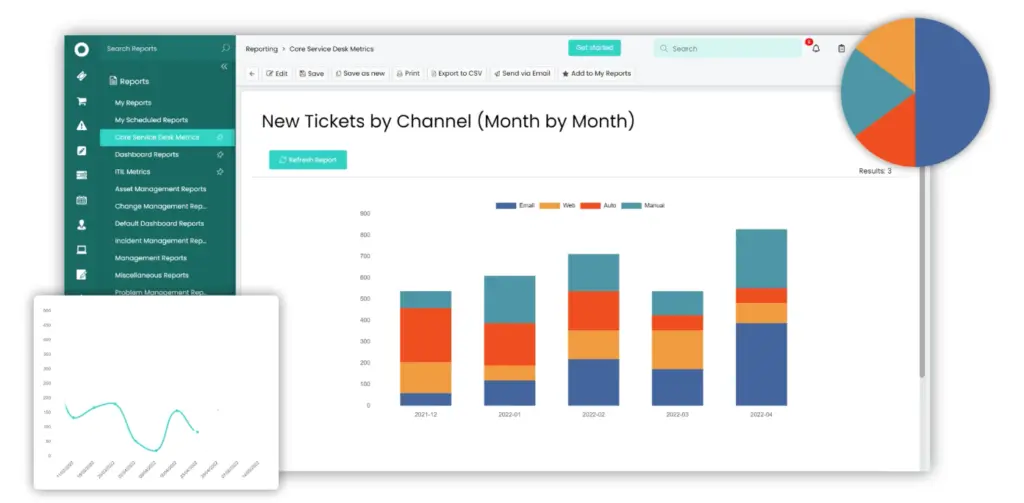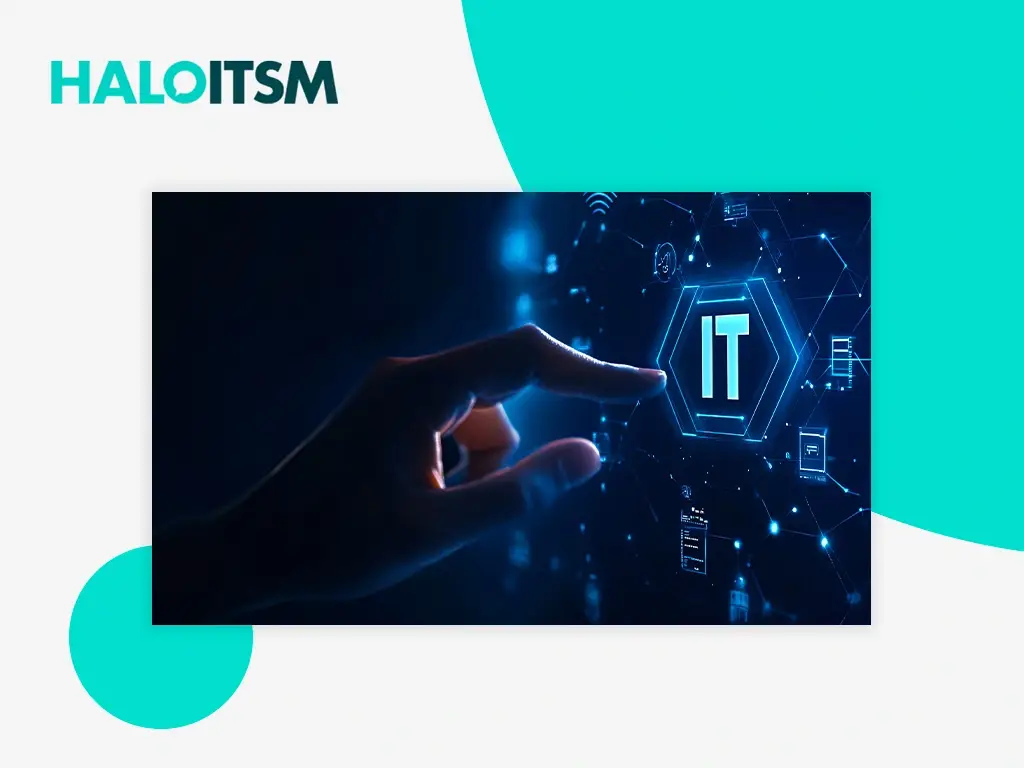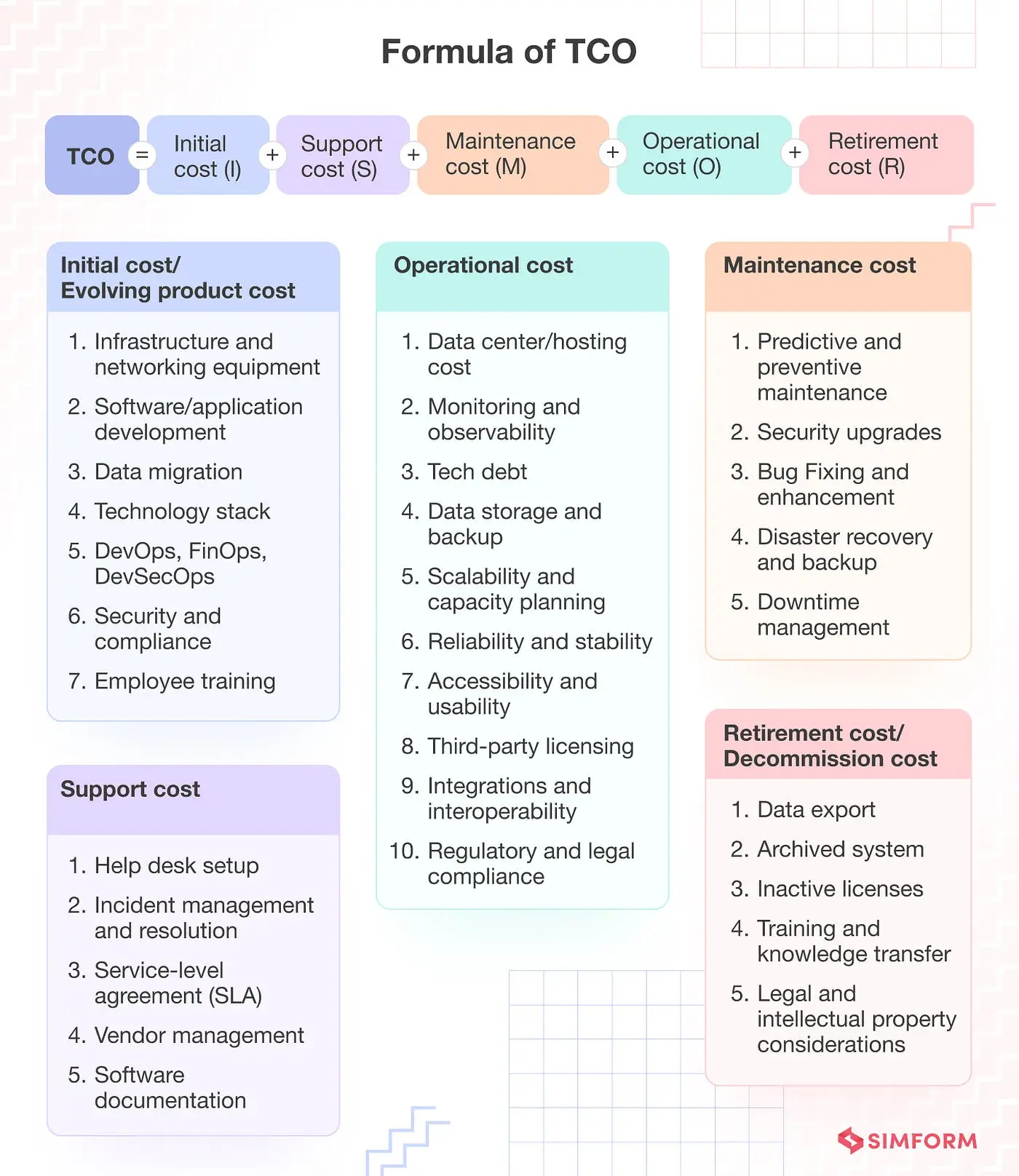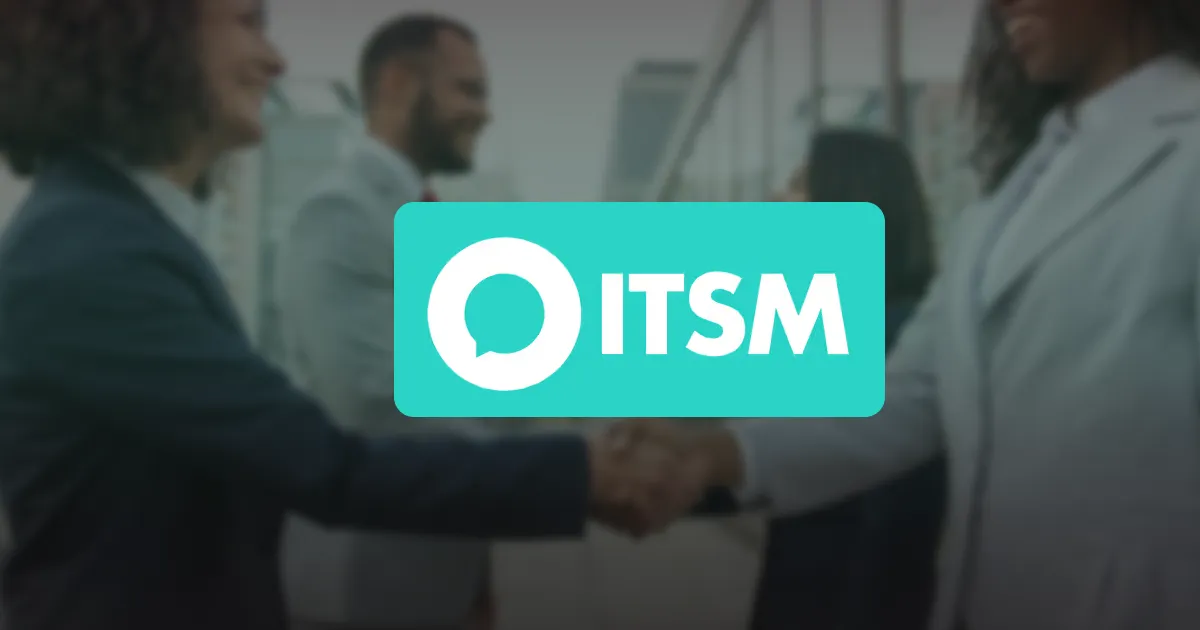ITSM, a pillar of digital transformation
IT Service Management (ITSM) is a key factor for today’s businesses, which seek not only to optimize their IT services but also to align these processes with their strategic objectives. At the heart of ITSM lies the approach of structuring service management using frameworks such as ITIL. This approach encompasses all the operations necessary for the smooth functioning of the information system, from requirements planning to problem resolution and data maintenance.
One of the major advantages of ITSM is its ability to transform the IT department into a true value creation center. Once perceived as a mere support hub, it is now becoming a key driver of competitiveness for the company. By implementing ITSM solutions, organizations standardize their practices, improve the quality of their services, and reduce their costs. Furthermore, the implementation of a centralized service desk allows for the channeling of all user requests, promoting both responsiveness and efficiency in incident handling.

Do you want to accelerate your digital transformation?
Concrete and measurable benefits for businesses
A significant performance improvement for customers
Implementing an ITSM system offers tangible benefits. Companies often find they can resolve up to 4 out of 10 incidents faster than before, thanks in particular to increased automation and the use of predictive diagnostic tools. Outstanding issues are identified more quickly, reducing the workload for support teams and improving the overall quality of service.
Furthermore, reducing system downtime—sometimes by as much as 60% according to some studies—results in improved IT business continuity. For the organization, this means less lost productivity and greater satisfaction for end users, whether internal (employees) or external (the company’s customers).
Better controlled costs for services
In today’s environment, many companies are looking to optimize their budgets while maintaining high quality standards. ITSM addresses this challenge by offering efficient management of resources and technological assets. Modern solutions centralize system information in a single configuration (CMDB), reducing redundancy and facilitating the identification of unnecessary expenses.
As a result, some organizations are reporting a reduction of nearly a quarter in their IT service costs. Furthermore, user support (via the service desk) is becoming more efficient: the resolution of basic incidents is largely automated, freeing up time for higher-value tasks and improving customer satisfaction.
Automation and operational efficiency of the IT service
The central role of ITSM tools
Service management relies on increasingly sophisticated tools capable of continuously analyzing organizational data. By detecting early warning signs, these platforms prevent problems before they disrupt users or interrupt processes. Automation plays a key role in this: nearly two-thirds of level 1 support issues can be handled by a support bot without human intervention.
In addition to relieving the burden on the service desk, this approach provides better visibility into current and upcoming incidents. It also allows for the creation of a shared knowledge base across different teams, streamlining communication and accelerating decision-making. As a result, employees save time, and the company improves its responsiveness to unforeseen events.
Standardized processes for greater flexibility
Adopting ITIL practices also means harmonizing processes across the entire organization. Standardization ensures consistency in handling requests, resolving incidents, and managing changes within systems. This homogeneity facilitates coordination between teams, even when they are equipped with diverse technologies or located across multiple sites.
Thanks to this standardization, IT projects gain in traceability. Every system update or evolution of the ITSM platform is clearly documented, enriching the knowledge base. This approach limits the risk of errors and helps maintain a high level of quality, even in a constantly changing environment.
The rise of cloud computing and innovative ITSM tool platforms
A more flexible infrastructure
Developing a cloud-based infrastructure represents a major turning point for ITSM services. Hosted solutions offer a smoother and more scalable experience because they are easily accessible from any connection point and automatically manage their own load. IT teams no longer need to worry about hardware sizing: the cloud platform provider takes care of that.
This flexibility also accelerates the implementation of new features. An organization can thus adapt its ITSM processes more quickly to address urgent business challenges or regulatory changes. Cloud-based services are often updated seamlessly, allowing users to continuously benefit from the latest innovations.
Connected ecosystems
Beyond infrastructure, the trend is toward connecting different systems to create a unified IT ecosystem. ITSM platforms interact with other tools such as project management, network monitoring, and IT security. This cross-functional integration ensures a comprehensive view of asset status and improves the quality of strategic decisions.
Companies equipped with these integrated ecosystems gain in responsiveness: when an incident occurs, alerts are transmitted in real time to the relevant teams, who can intervene before the problem escalates. This fosters more proactive support and reduces service interruptions, providing a better experience for users and customers.

IT Services: A profit center rather than a cost center
The strategic contribution of information technology
ITSM strengthens the perception of the IT department as a strategic partner. By adopting rigorous resource management, controlling costs, and continuously improving service quality, IT becomes a potential profit center rather than an expense. Efficiency gains ripple throughout the organization, from increased team productivity to the ability to innovate more quickly.
This paradigm shift is even more pronounced when ITSM relies on clearly defined performance metrics: average resolution time, user satisfaction rate, budget adherence, etc. By tracking these indicators, it becomes easier to manage operations, justify investments, and demonstrate the value that IT brings to the business.
The key role of the service desk
The service desk is the primary point of contact for all IT service requests. It gathers information from users, prioritizes incidents, and assigns tasks to the appropriate teams. Through ITSM, this point of contact is integrated into a set of clearly documented processes, enabling the service desk to make faster and more informed decisions.
By providing support teams with direct access to knowledge bases and issue histories, ITSM ensures efficient handling of requests. The improvement in service quality is quickly felt: customers receive faster and more accurate answers, which fosters a better image of the organization and contributes to customer loyalty.
Towards ITSM 4.0 for even greater service efficiency
The integration of AI and predictive analytics
Recent technological advances are paving the way for what is known as “ITSM 4.0,” characterized by the integration of artificial intelligence, cloud computing, big data, and predictive analytics. Algorithms are capable of identifying potential incidents before they even occur, proposing tailored solutions, and even automatically triggering certain repair procedures.
This evolution brings a new dimension to IT service management. Teams save valuable time, and problems are resolved more quickly, or even avoided. Companies that successfully adopt these technologies consistently often see increased productivity and greater user satisfaction.
A more human-centered approach
Despite increasing automation, humans remain at the heart of service management. Training employees on new tools and practices is essential to ensuring the success of the transformation. Clear communication, combined with tailored support, helps overcome resistance and encourage the adoption of ITSM methods.
Furthermore, ITSM 4.0 emphasizes the overall user experience. Modern solution interfaces are designed to be user-friendly and intuitive, allowing everyone to access the information they need with just a few clicks. This simplicity strengthens customer and employee confidence in the implemented systems.

HaloITSM, the ideal solution to optimize your IT service management!
HaloITSM, an ITSM solution of excellence
Innovative architecture
nnovative architectureHaloITSM stands out thanks to its cloud-ready infrastructure, with a near 100% uptime . Its integrated AI engine can process more than five thousand tickets per minute and accurately analyze their content, saving considerable time on incident resolution.
Proven results
Experience shows that HaloITSM automates approximately 80% of ITIL processes and reduces incident handling time by 60%. Return on investment is typically achieved in just over a year.
ITSM: A solution for IT services at a higher level
Ultimately, ITSM emerges as an essential solution for any company looking to take its IT services to the next level. Through process standardization, automation, and the adoption of recognized best practices, IT becomes a pillar of the overall strategy, capable of supporting and driving organizational growth.
From service desk implementation to proactive incident analysis, ITSM covers a wide range of needs and ensures better resource utilization. Leveraging cloud infrastructure, modern platforms offer the flexibility and scalability essential in the digital age. Costs are better controlled, productivity is boosted, and service quality continuously improves, benefiting both users and customers.
In the long term, this approach positions IT not only as a support center, but above all as a driver of innovation, contributing to the company’s competitiveness. The accumulated knowledge, asset management, and focus on strategic objectives allow IT teams to position themselves as true partners, capable of positively influencing the organization’s evolution. ITSM thus embodies the successful convergence of technology and the overall vision, paving the way for new opportunities for development and value creation.
Boost your operational efficiency with our tailor-made digital solutions!
At SMC Consulting, we understand that every business is unique. That’s why we offer customized solutions that perfectly adapt to your specific needs.
Contact us today for a free needs analysis and start your journey to operational excellence.
- Qu’est-ce que l’ITSM ?
- Comprendre la gestion de projet : méthodes, outils et compétences clés
- Freshservice : l’outil essentiel pour un ITSM Management efficace
- Déverrouiller la puissance du support Freshservice : Un guide complet pour des solutions ITSM efficaces
- Les meilleurs outils ITSM pour la gestion des services informatiques.



